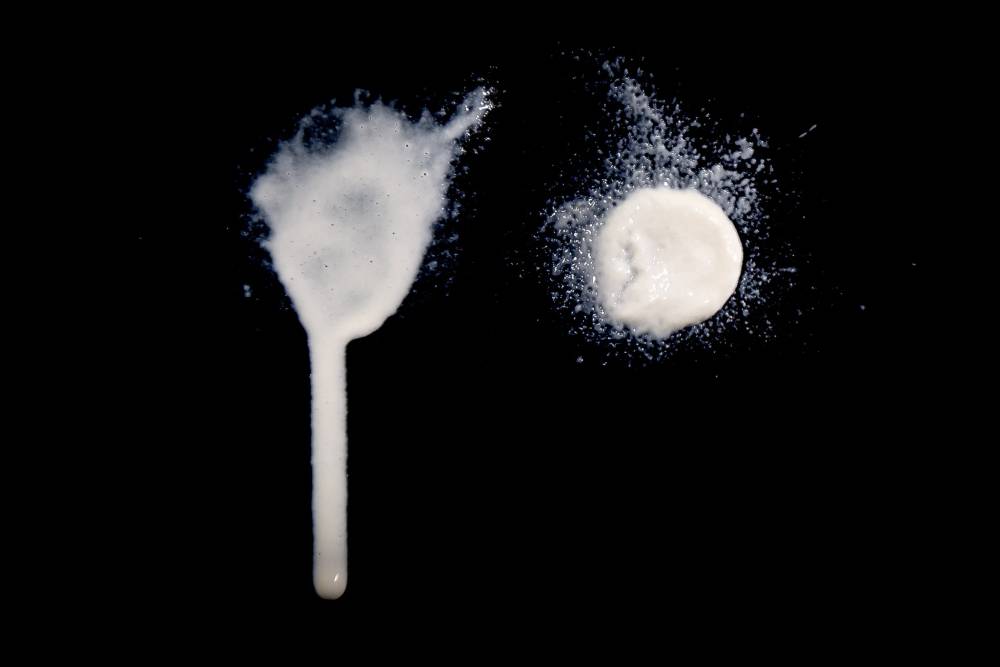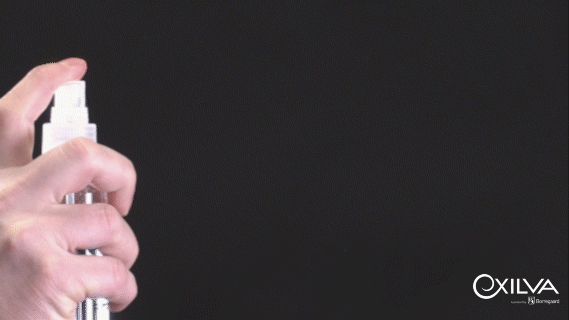
Why should I use cellulose fibrils in coatings?
Ole Martin Kristiansen | April 17, 2018
It is important for producers of coatings to control flow and stability. The way to do this in water borne systems has typically been a work for synthetically derived additives, water-soluble cellulose derivatives or clays. Can cellulose fibrils do anything new for you?
What controls flow and stability?
To grasp this subject we need to divide the landscape of available coating additives into two familiar branches:
- Insoluble additives (like fumed silica and various clays)
- Water-soluble polymers (often long-chained polymers).
These additives function differently and display some different properties in the areas of pH stability, low and high shear viscosity, thickening effect (and thickening conditions), ease in use (delivered readily activated), and of course, efficacy in use. Merging the robustness of insoluble additives and the flexibility and efficiency of water-soluble additives would most probably be a great opportunity, would it not?
So, what if you actually could merge those two known worlds into one? The cellulose fibrils displays two interesting properties:
- Insoluble properties through its insoluble three-dimensional fibrils network, like high pH stability
- Water-soluble properties, like high shear thinning and good rheology control.
In addition, the fibrils make a flexible network upon drying, thus aiding the creation of smooth and strong surface.
Cellulose fibrils and effects in coatings
Working with MFC in coatings, I have learned some of the opportunities that arises as a consequence of the characteristics we discussed above. I have picked out some of them and will elaborate on these:
- High shear performance (sprayability)
- pH stability and handling
- Stability in high pigment volume concentration (PVC) in coatings
1. High shear performance: sprayability
Application of coatings is an art itself. In some cases we need thin layers, like on airplane parts, whereas protection layers of constructions have to be very thick. What I have learned is that the MFC can increase viscosity at rest, making the coating more stable, and bring the viscosity down to close-to-water when applied. When shear forces decreases, the viscosity quickly returns to its initial state (while still enough to ensure sufficient leveling). This makes it possible to spray the coating evenly, and when needed, to apply thick layers without sagging.

This picture illustrates the anti-sag and spray properties of MFC (Exemplified by using Borregaards Exilva MFC). The oil in water emulsion on the left hand side does not include MFC. When sprayed on vertical surface, it starts dripping. The paint on the right hand side contains 0.3% cellulose fibrils which effectively prevents dripping while still being easy to spray.

This graphic illustrates the sprayability you experience with cellulose fibrils,
due to its high shear performance.
2. pH stability and handling
Many water-soluble polymers are dependent on activation at certain pH in order to achieve the thickening effect. Cellulose fibrils is an instant viscosity modifier. You will see changes in the viscosity right after the fibrils are added and dispersed into the product matrix. At the same time, it does not need any special pH environment to thicken.
3. Stability in high PVC coatings
It is often said that the three-dimensional network is the key to the excellent properties of the cellulose fibrils. Many coatings used for heavy duty service or for rough surfaces, struggle with a paradox: Good surface, high workability and stability, versus high PVC loading to enable this. One way to solve this is to use water-soluble polymers which gives good stability and application properties: However, these tend to be vulnerable to rough handling and struggle with long time stability. Often, the non-soluble alternatives provide a good support of stability, but affects the surface by its particle size. This is where the beauty of cellulose fibrils comes into play. Its flexible three-dimensional network does two things: It provides the opportunity to physically hold the pigments in place (this is important when the coating is stored), and it is flexible when applied.
How can I use this in Coatings?
If you’re up for it, cellulose fibrils can provide some interesting new features for you. When dosing it in your formulations, start off with a very good dispersion of the fibrils product into your coating matrix. A rule of thumb is as early as possible in the water phase, but not always:
- It is important to introduce the fibrils in the water/most polar phase, preferably in an early process step.
- Cellulose fibrils is a robust material and can be added in a grinding or emulsifying step
It is further important to disperse your fibrils thoroughly (high shear) in this water (polar) phase.
Editor's note: This post was originally published in June 2016. We've revamped and updated it for accuracy and comprehensiveness.
